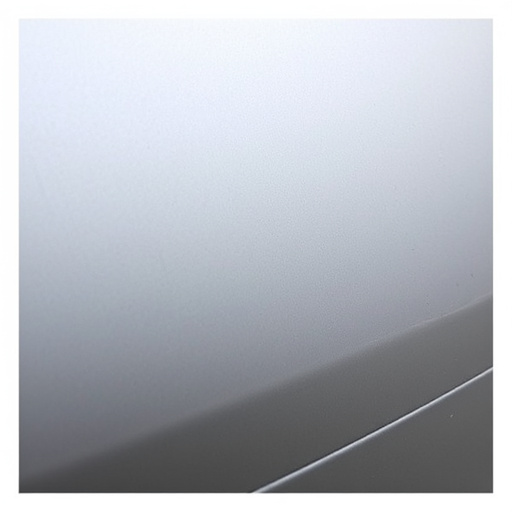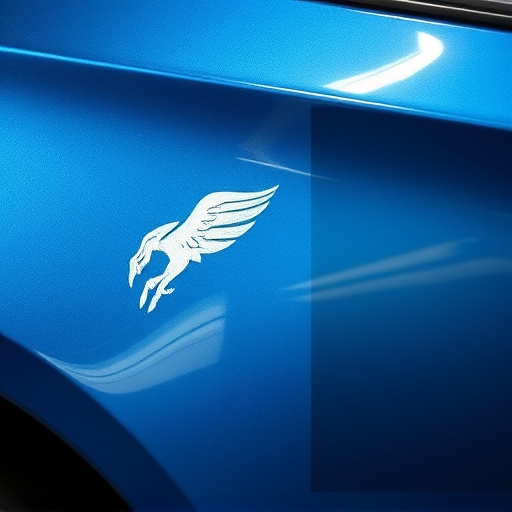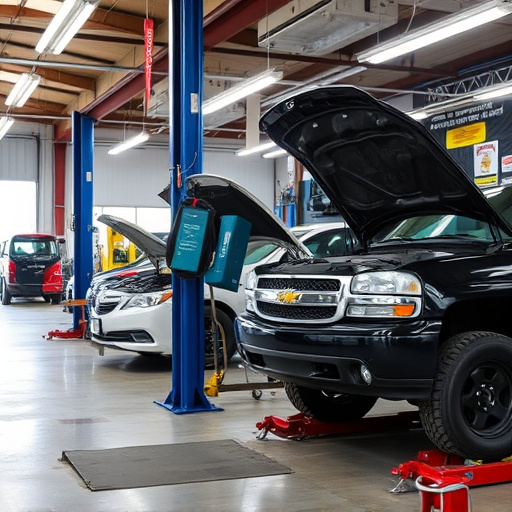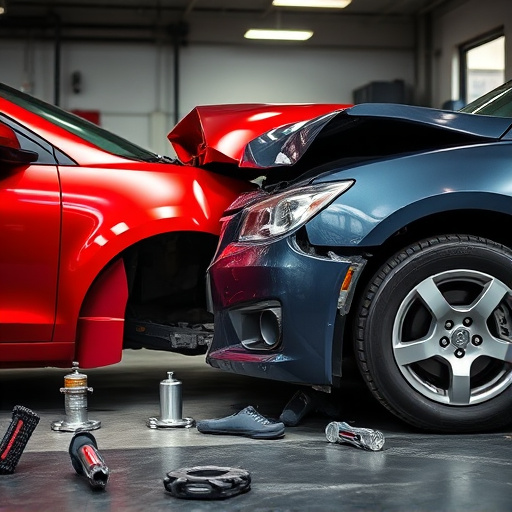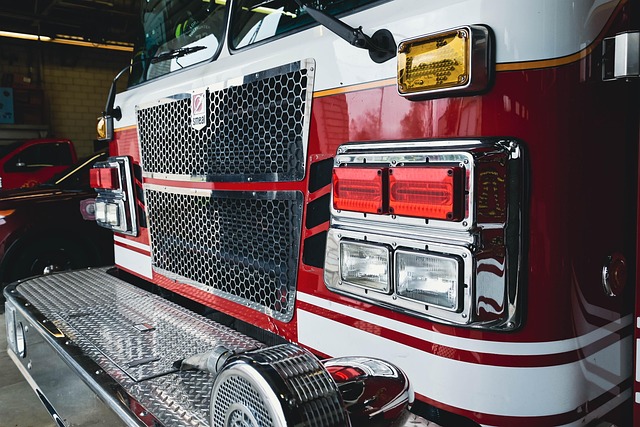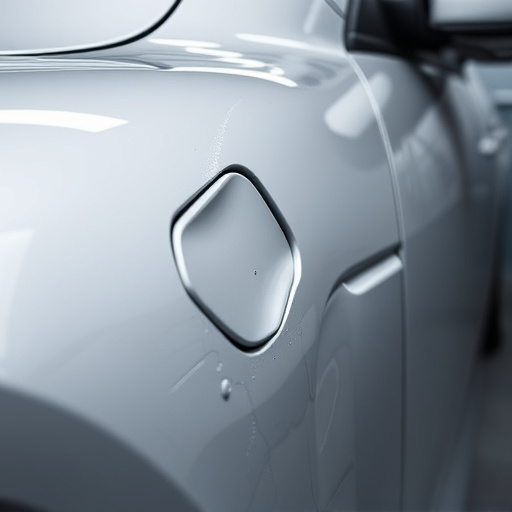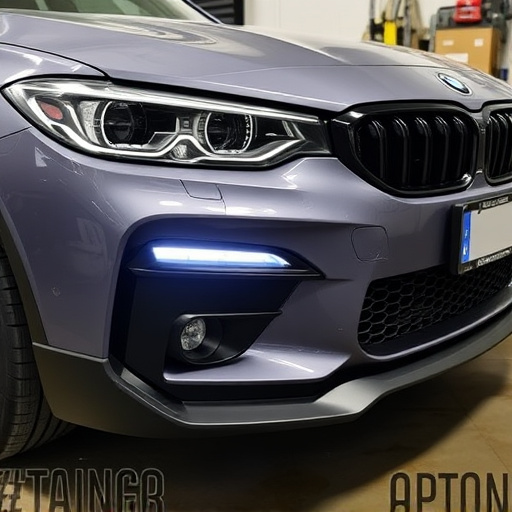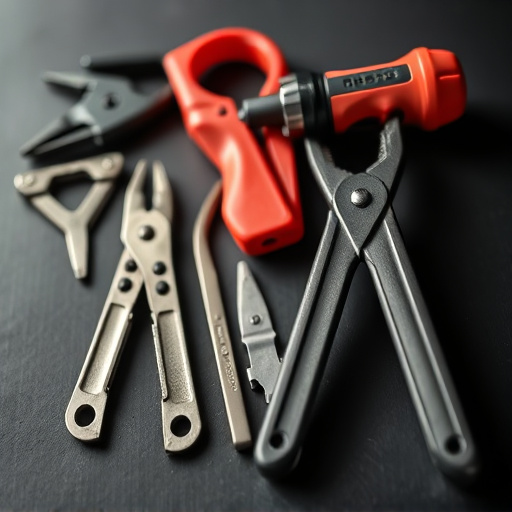Tesla composite repair challenges arise from unique CFRP material properties and intricate automotive design. It requires specialized knowledge, equipment, and techniques like resin injection and structural bonding to match original material integrity. Complex interconnected systems within Tesla cars necessitate comprehensive assessment and precise restoration for damage to composite components and associated sensors/systems.
Tesla composite repair is a technically complex process that pushes the boundaries of modern automotive engineering. With unique material properties, intricate fabrication processes, and advanced technology integration, every step demands precision and expertise. This article delves into the intricacies of Tesla composite repair, exploring how these challenges contribute to the vehicle’s lightweight design, enhanced performance, and innovative construction methods. Understanding these complexities provides insights into why Tesla composite repair is a game-changer in the automotive industry.
- Unique Material Properties and Challenges
- Complex Fabrication Processes Involved
- Advanced Technology Integration Demands
Unique Material Properties and Challenges
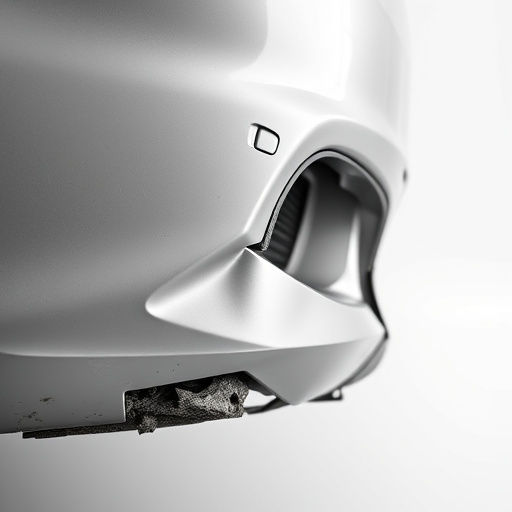
Tesla composite repair presents unique challenges due to the specific material properties of the components used in their vehicles. Unlike traditional metal bodies, Tesla’s structural elements incorporate advanced composites like carbon fiber reinforced polymer (CFRP). These materials offer exceptional strength-to-weight ratios and superior corrosion resistance, contributing to the overall performance and efficiency of Tesla cars. However, this also means that composite repair techniques differ significantly from conventional automotive repair methods.
When a Tesla vehicle experiences collision damage, particularly involving composite structures, it requires specialized knowledge and equipment to ensure accurate and structurally sound repairs. Traditional auto collision center methods may not be effective for composite repair since they often rely on metal fabrication skills. Specialized training is necessary for technicians to learn advanced composite repair techniques, including resin injection, laminating, and structural bonding. This level of expertise ensures that the repaired areas match the original material properties, maintaining the vehicle’s integrity and safety standards without compromising its performance capabilities in terms of Tesla composite repair.
Complex Fabrication Processes Involved
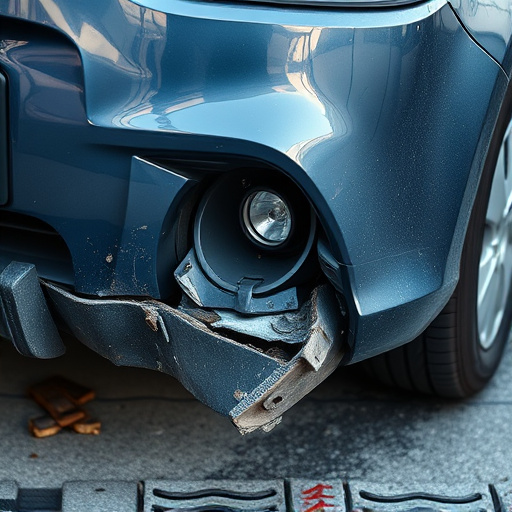
Tesla composite repair is a multifaceted endeavor due to the intricate fabrication processes involved. Unlike traditional metal bodies, Tesla vehicles utilize advanced composite materials like carbon fiber reinforced polymer (CFRP) for their lightweight and structural integrity benefits. The complexity arises from the precise manufacturing techniques required to form these materials into complex automotive components. Each layer of composite material must be carefully laid up, infused with resin, and cured under specific conditions to achieve the desired strength-to-weight ratio.
The process demands a high level of skill and precision, as even minor variations can impact the final product’s performance. Specialized tools and equipment are necessary for cutting, shaping, and joining these materials seamlessly. As such, finding an auto repair near me that offers expert collision repair services capable of handling Tesla composite repair is paramount for ensuring the vehicle retains its structural integrity and aesthetic appeal after any incident. This level of expertise is crucial for restoring not just the car bodywork but also the overall performance and safety of Tesla vehicles.
Advanced Technology Integration Demands
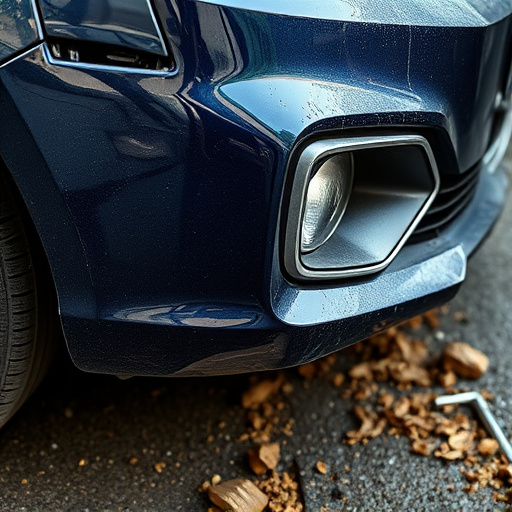
The intricate nature of Tesla composite repair is greatly influenced by the advanced technology seamlessly integrated into their vehicles. Unlike traditional metal bodywork, Tesla’s use of lightweight composite materials requires specialized knowledge and equipment to effectively repair and restore damaged components. This includes understanding the unique properties of composite materials, such as their flexibility, strength, and resistance to corrosion.
The complexity intensifies when considering the interconnected systems within Tesla cars. A simple fender or bumper repair can turn into a multifaceted task due to sensor integration, advanced electronics, and intricate structural design. For instance, a collision that impacts a composite fender might also affect nearby sensors, cameras, or even the vehicle’s computer system, requiring a comprehensive assessment and precise restoration techniques that go beyond conventional tire services or car paint repair.
Tesla composite repair is a technically complex endeavor due to the unique material properties of composite materials, which require intricate fabrication processes. Additionally, integrating advanced technologies demands precision and expertise to ensure structural integrity and aesthetic excellence. These factors make Tesla composite repairs a specialized task, emphasizing the need for skilled technicians and state-of-the-art facilities in the automotive industry.
